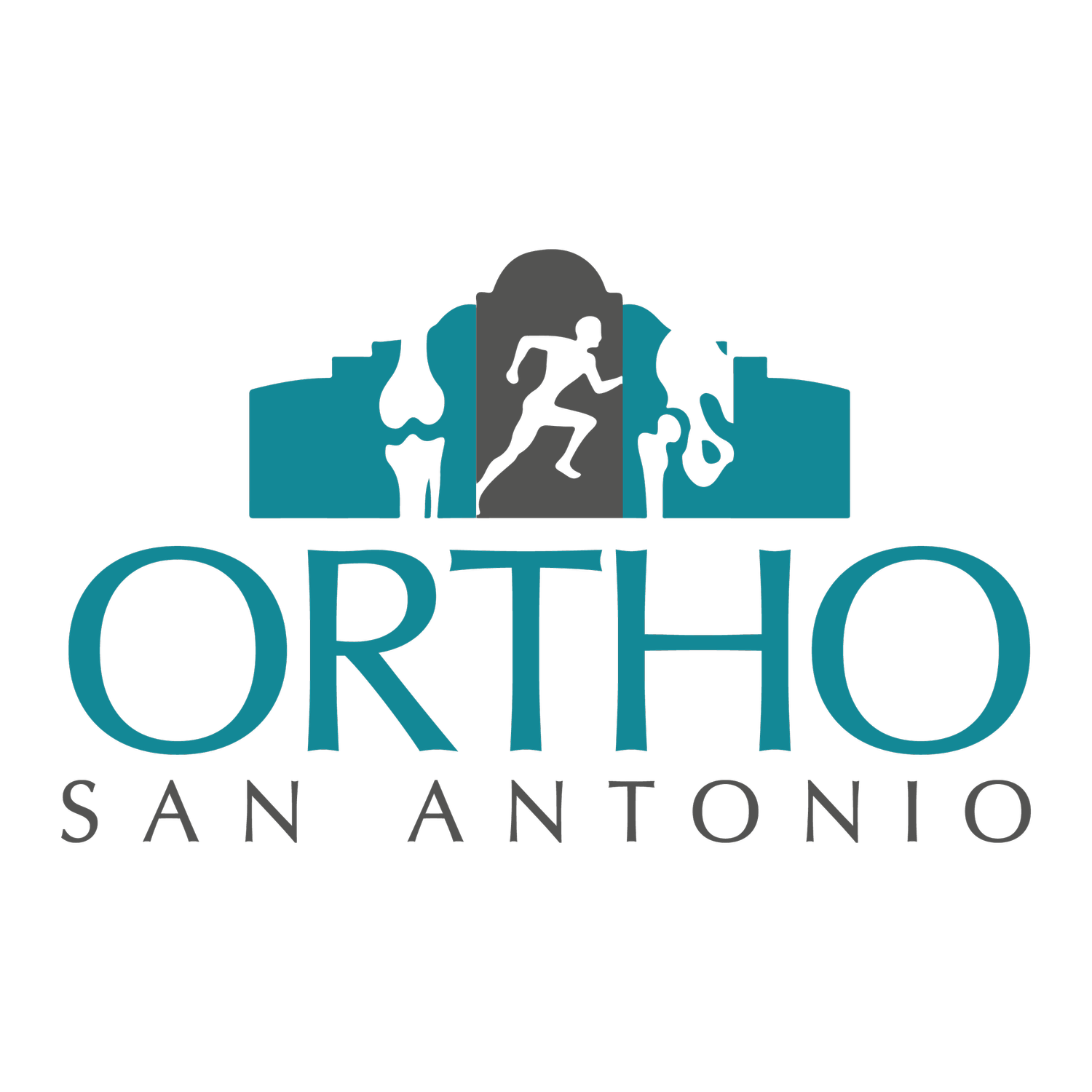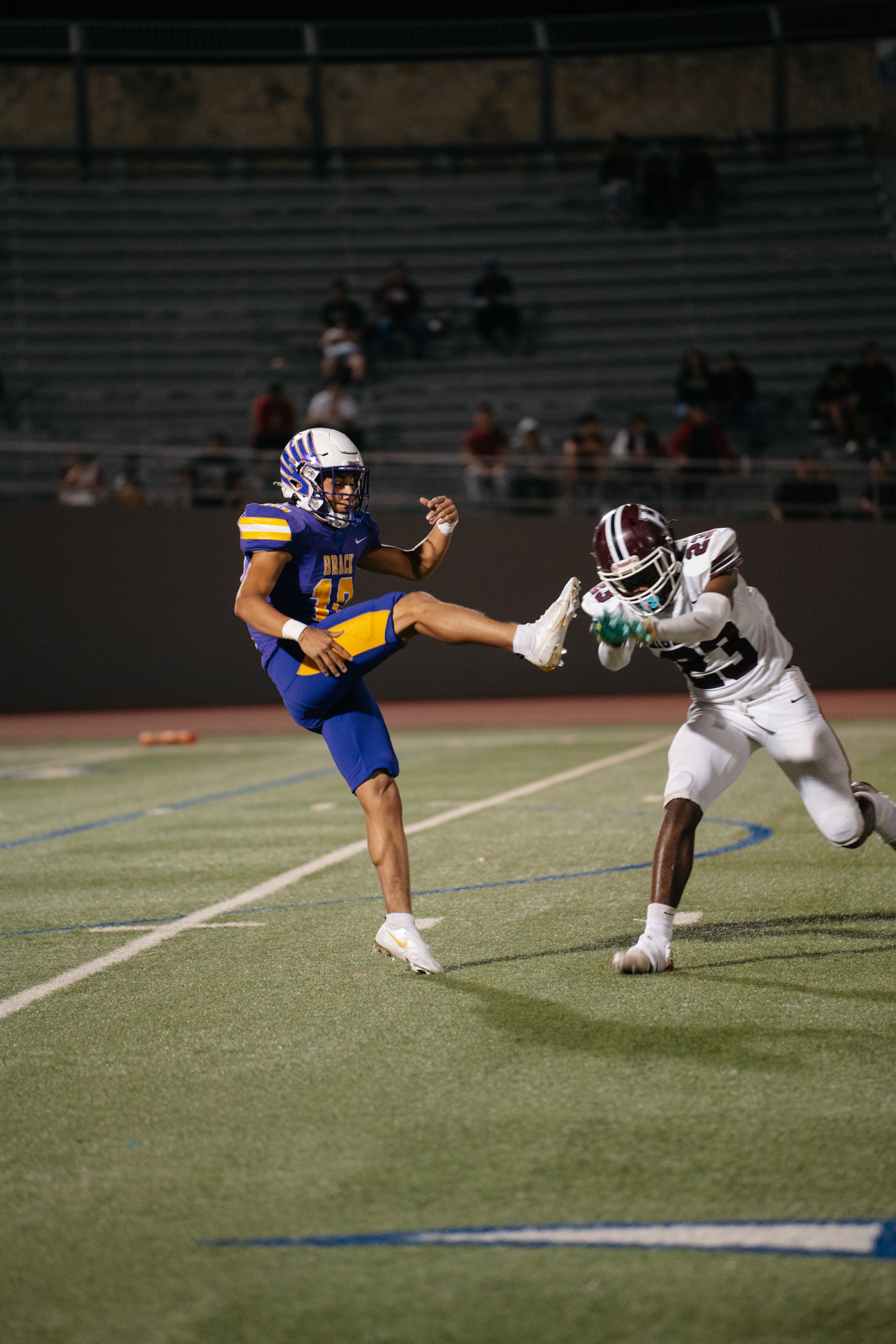
Overuse Injuries in San Antonio
what are Overuse Injuries?
Overuse injuries can occur when a body part is subjected to excessive stress or repetitive motions over time, leading to inflammation and pain. Common examples of overuse injuries include ACL injuries, tendinitis, bursitis, stress fractures, shin splints, carpal tunnel syndrome, and plantar fasciitis. These injuries often result from a combination of factors such as excessive training, incorrect technique, and inadequate rest. Individuals who engage in repetitive activities, like running, jumping, or throwing, are particularly at risk. Training too hard or too frequently without allowing for sufficient recovery can stress the body beyond its limits, while using improper form or mechanics during activities can put undue strain on specific body parts, increasing the likelihood of injury.
common causes of overuse injuries
Overuse injuries can be attributed to a multitude of factors, including:
Excessive training: Training too hard or too frequently without adequate rest can stress the body beyond its limits.
Incorrect technique: Poor form or mechanics can put undue stress on specific body parts.
Inadequate rest: Failing to allow the body adequate time to recover between workouts can contribute to overuse.
Sudden changes in activity level: Rapidly increasing the intensity or duration of workouts can increase the risk of injury.
Muscle imbalances: Weak or tight muscles can create imbalances that strain specific body parts.
Underlying medical conditions: Conditions such as arthritis or osteoporosis can predispose individuals to overuse injuries.
Poor equipment: Worn-out or ill-fitting equipment can contribute to strain and injury.
It's important to recognize that these factors often work in conjunction to increase the likelihood of overuse injuries.
common symptoms of overuse injuries
Overuse injuries can manifest in a variety of ways, but some common symptoms include:
Pain: Often beginning as a subtle ache or soreness, especially after physical activity.
Tenderness: The affected area may be sensitive to touch.
Swelling: Inflammation can lead to swelling around the injured site.
Stiffness: Difficulty moving the injured body part.
Weakness: Reduced strength or difficulty performing certain movements.
Limited range of motion: Decreased ability to move the joint or body part.
Popping or clicking: A sensation of popping or clicking in the joint.
Numbness or tingling: Loss of sensation in the affected area.
If you experience any of these symptoms, it's advisable to rest the injured area and consult with a healthcare professional to determine the underlying cause and receive appropriate treatment.
TREATMENT OPTIONS FOR Overuse Injuries
Treatment for overuse injuries often involves a combination of strategies aimed at reducing pain, inflammation, and promoting healing. Here are some common treatment options:
Rest & Ice: Resting the injured area and applying ice can help reduce pain, inflammation, and promote healing.
Physical Therapy: Typically involves targeted exercises to strengthen muscles, improve flexibility, and restore proper function, complemented by modalities like ultrasound, electrical stimulation, and massage therapy to aid in healing and pain relief.
Medication: Over-the-counter pain relievers, such as non-steroidal anti-inflammatory drugs like ibuprofen or naproxen, can help manage pain and inflammation. In severe cases, stronger pain medications or corticosteroids may be prescribed by a healthcare professional.
Braces or Splints: Can offer support to the injured area, helping to stabilize it and prevent further damage.
Corticosteroid Injections: Can provide temporary relief from pain and inflammation, but should be used judiciously due to potential side effects.
Surgery: May be necessary in severe cases to correct underlying structural issues or remove damaged tissue.
Surgery is generally not required for overuse injuries, but may be considered in rare cases of severe ligament tears or joint instability. Our surgeons specialize in minimally invasive techniques to minimize discomfort and promote faster recovery.
Recovery from overuse injuries can vary, but many patients experience significant improvement within a few weeks when following the prescribed treatment plan diligently. Early diagnosis and appropriate treatment are essential for a timely return to normal activity.
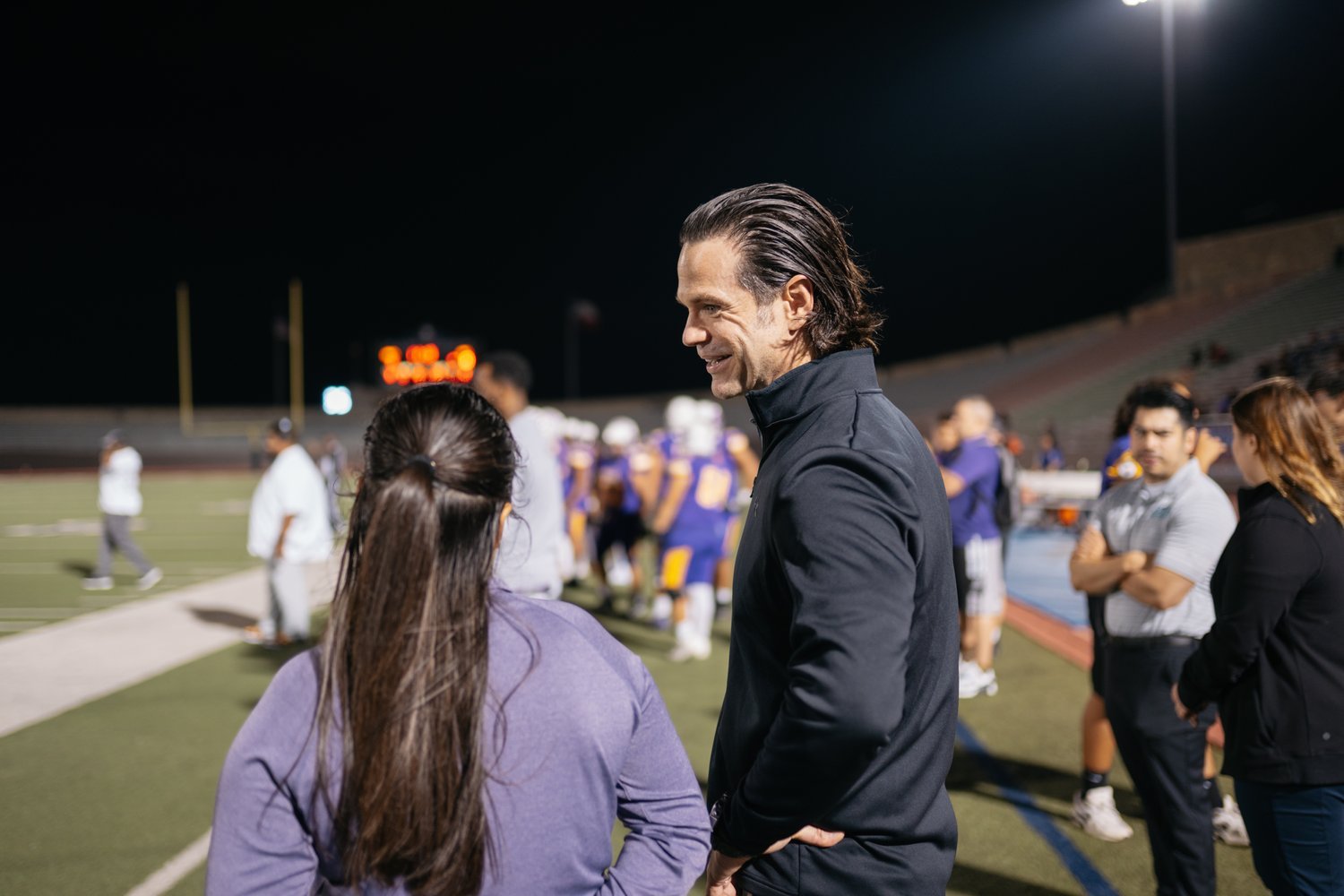
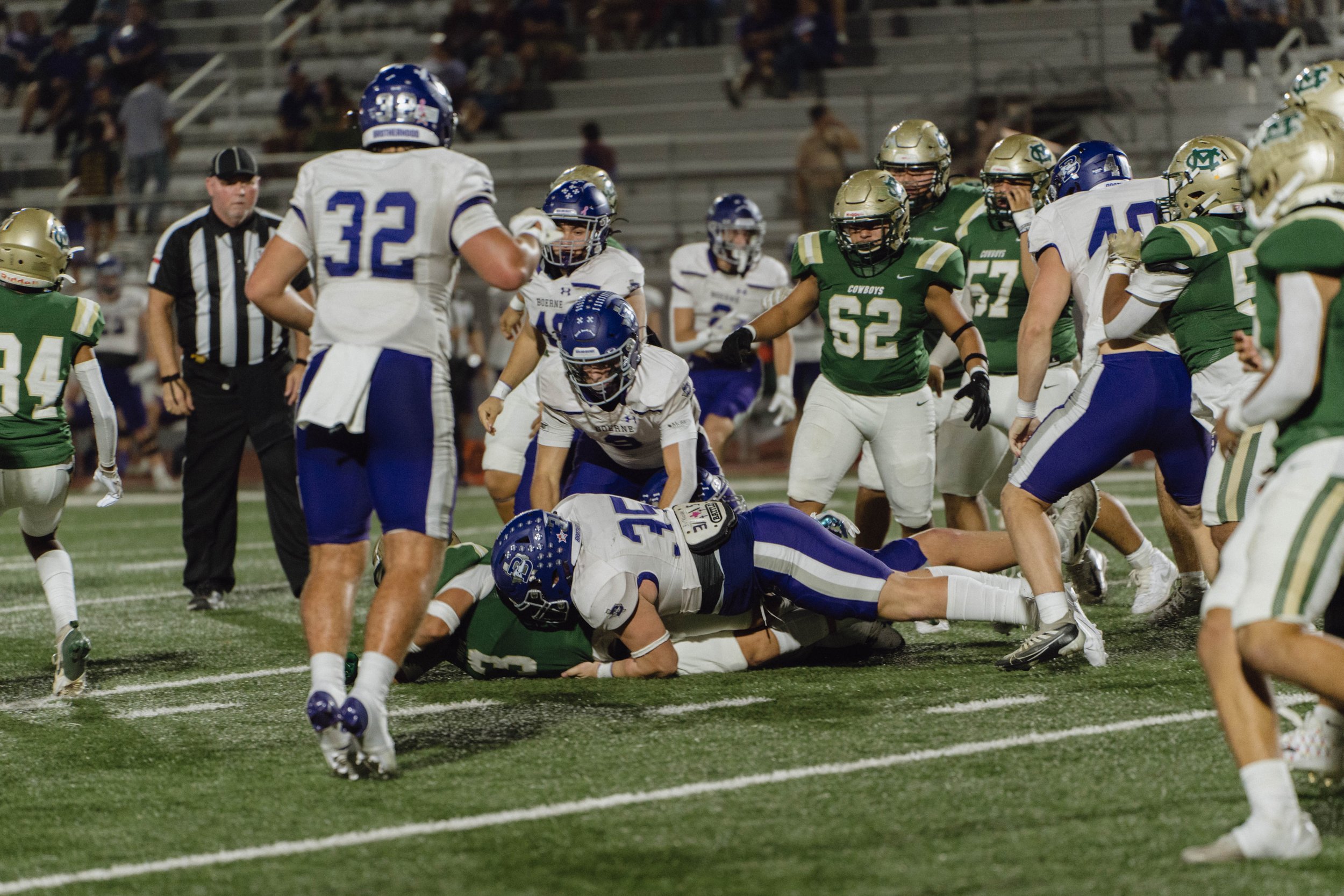
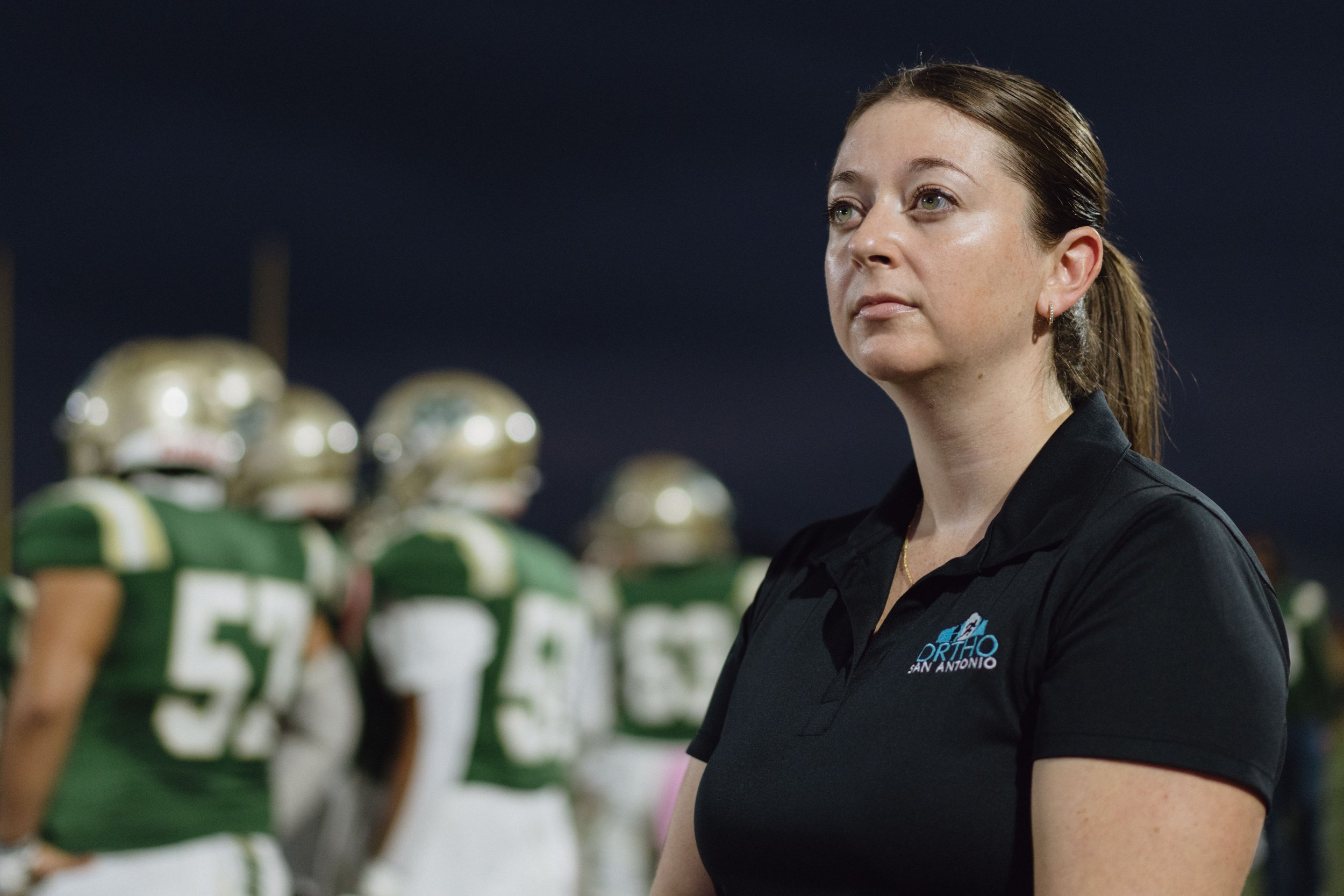
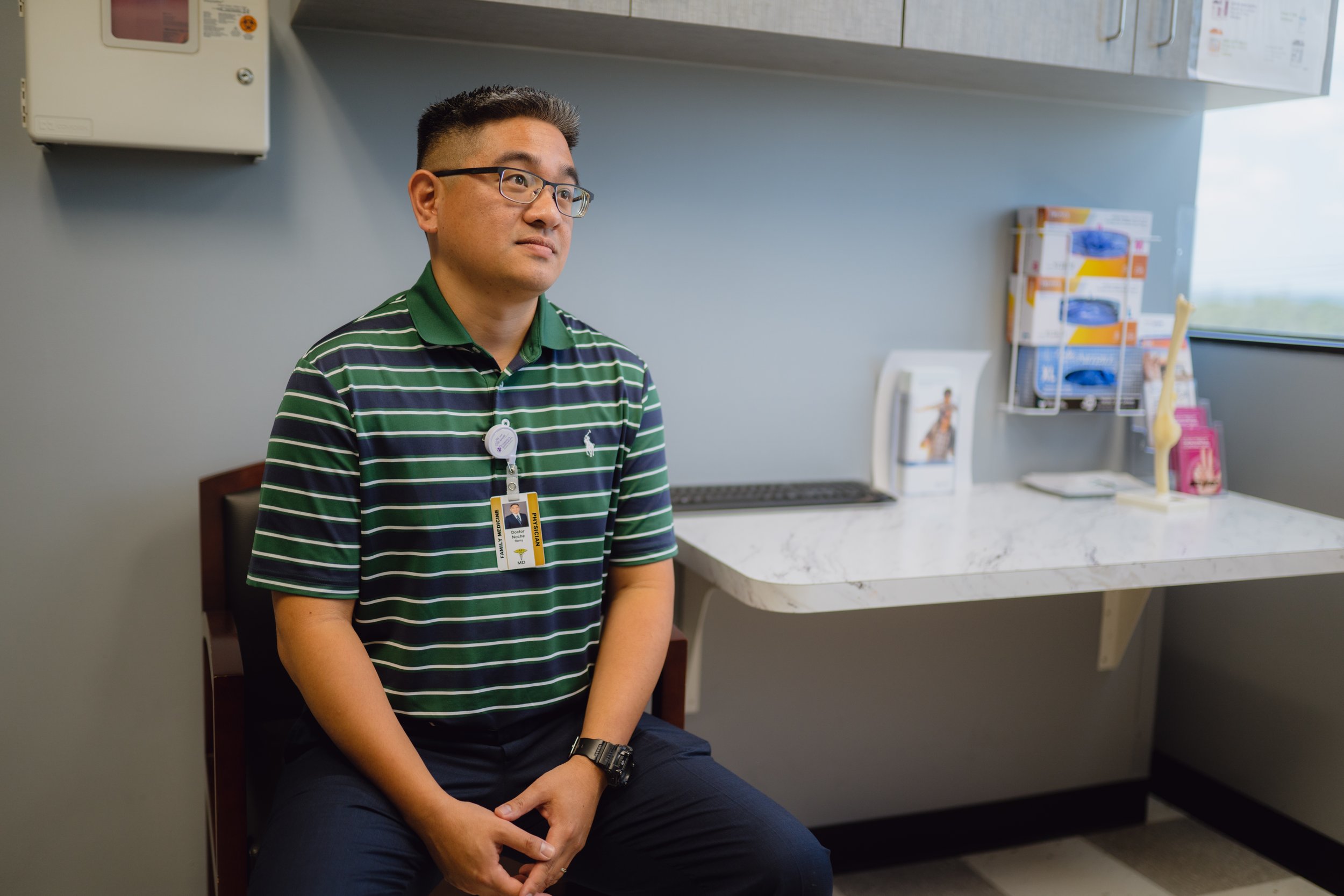
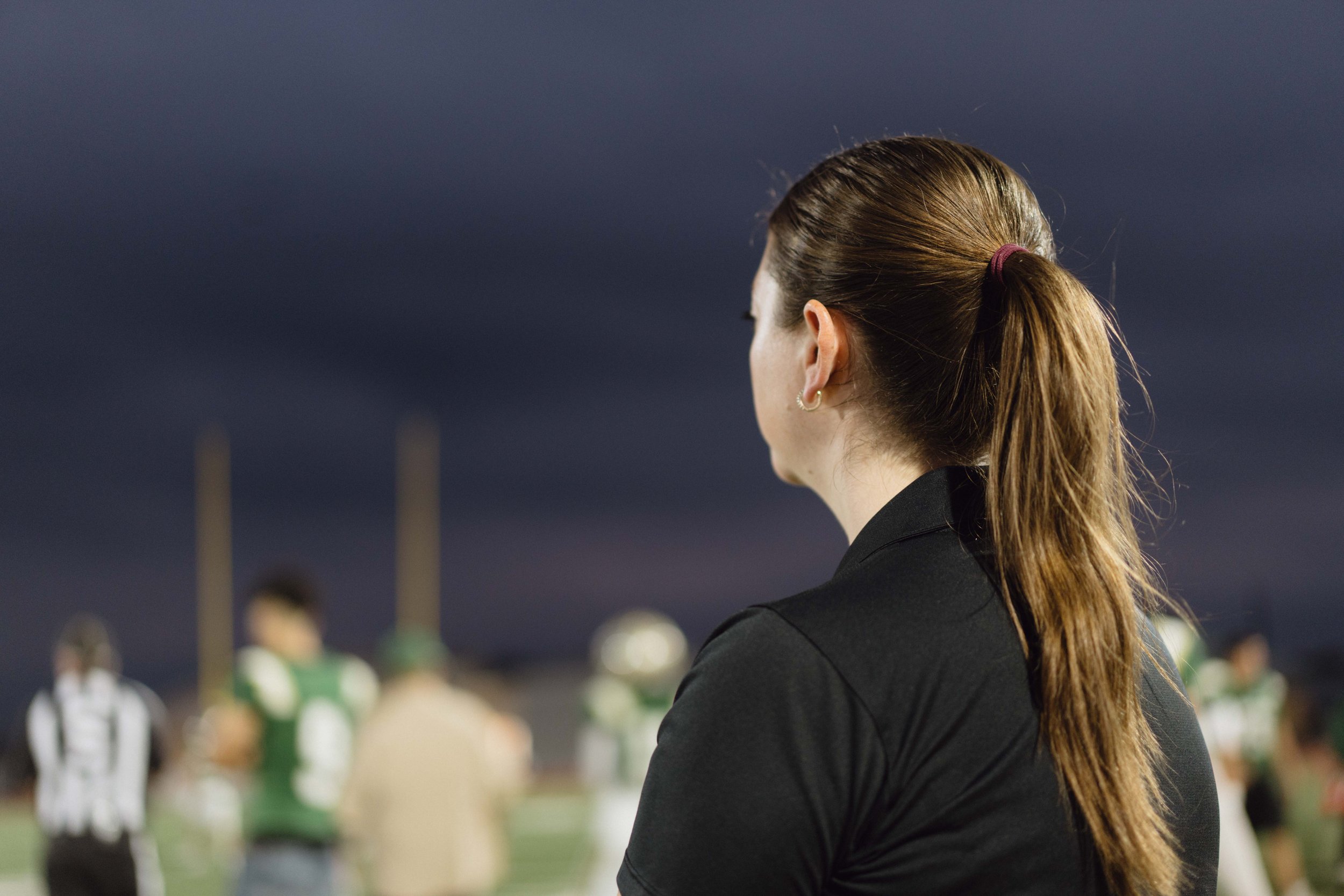
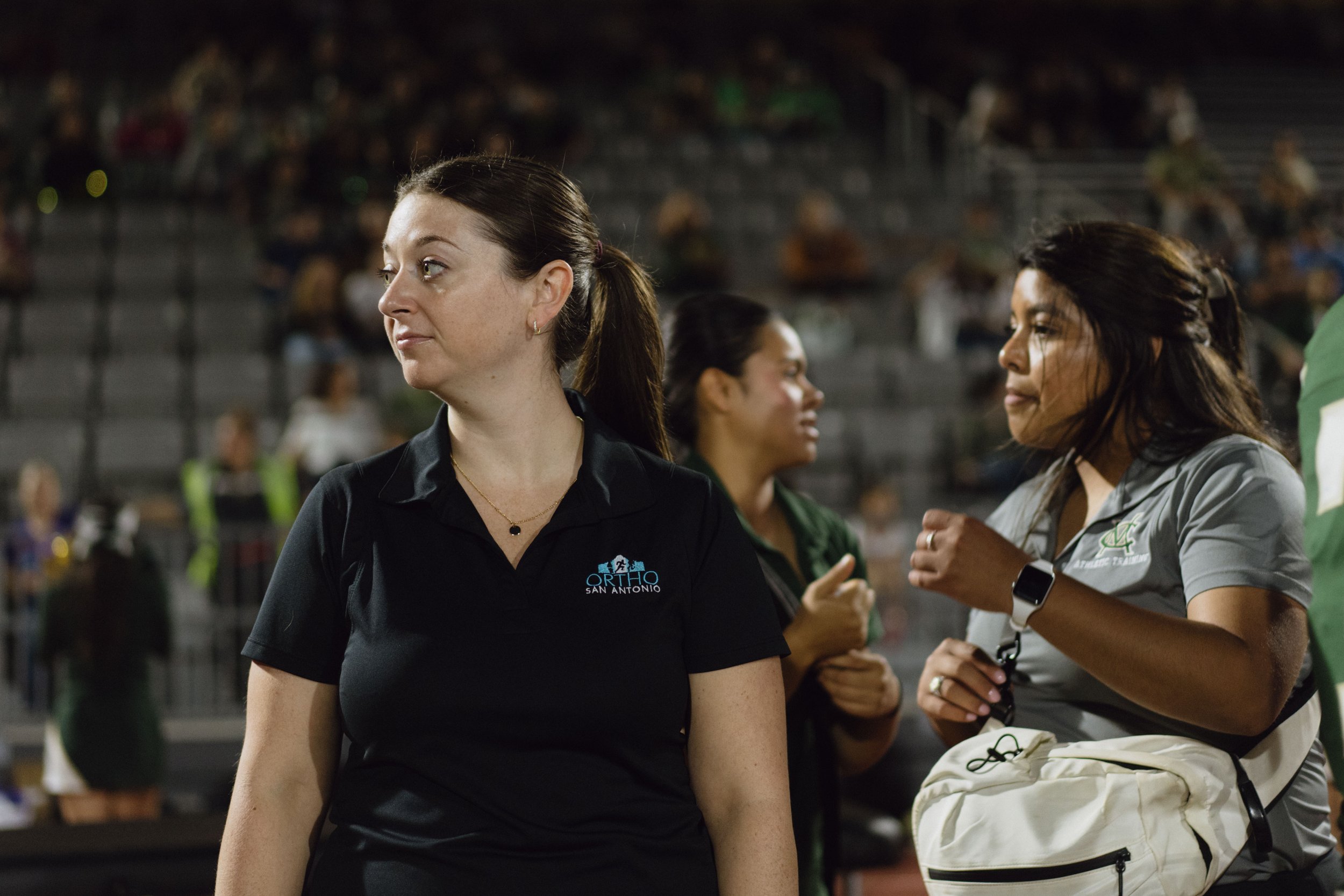
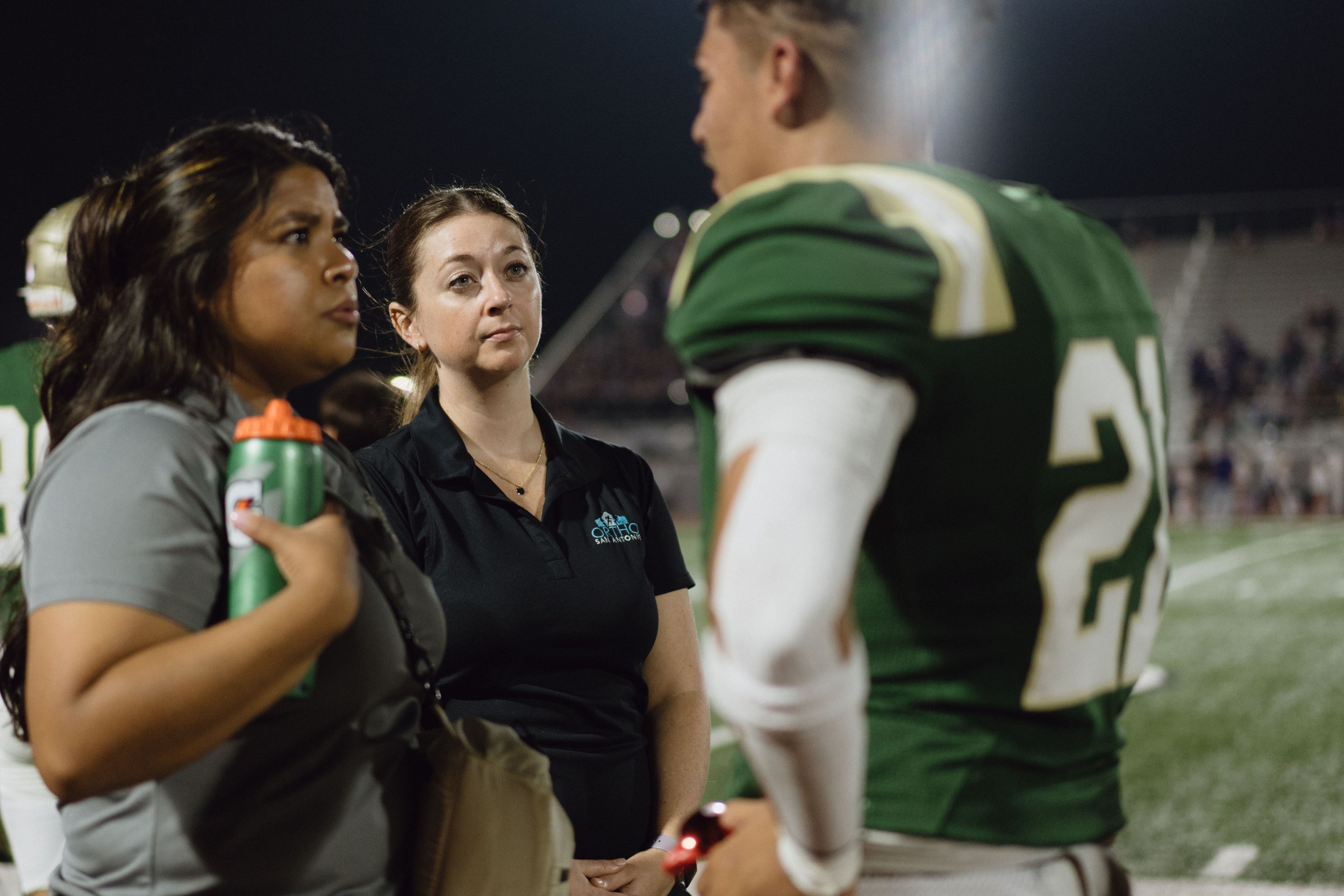
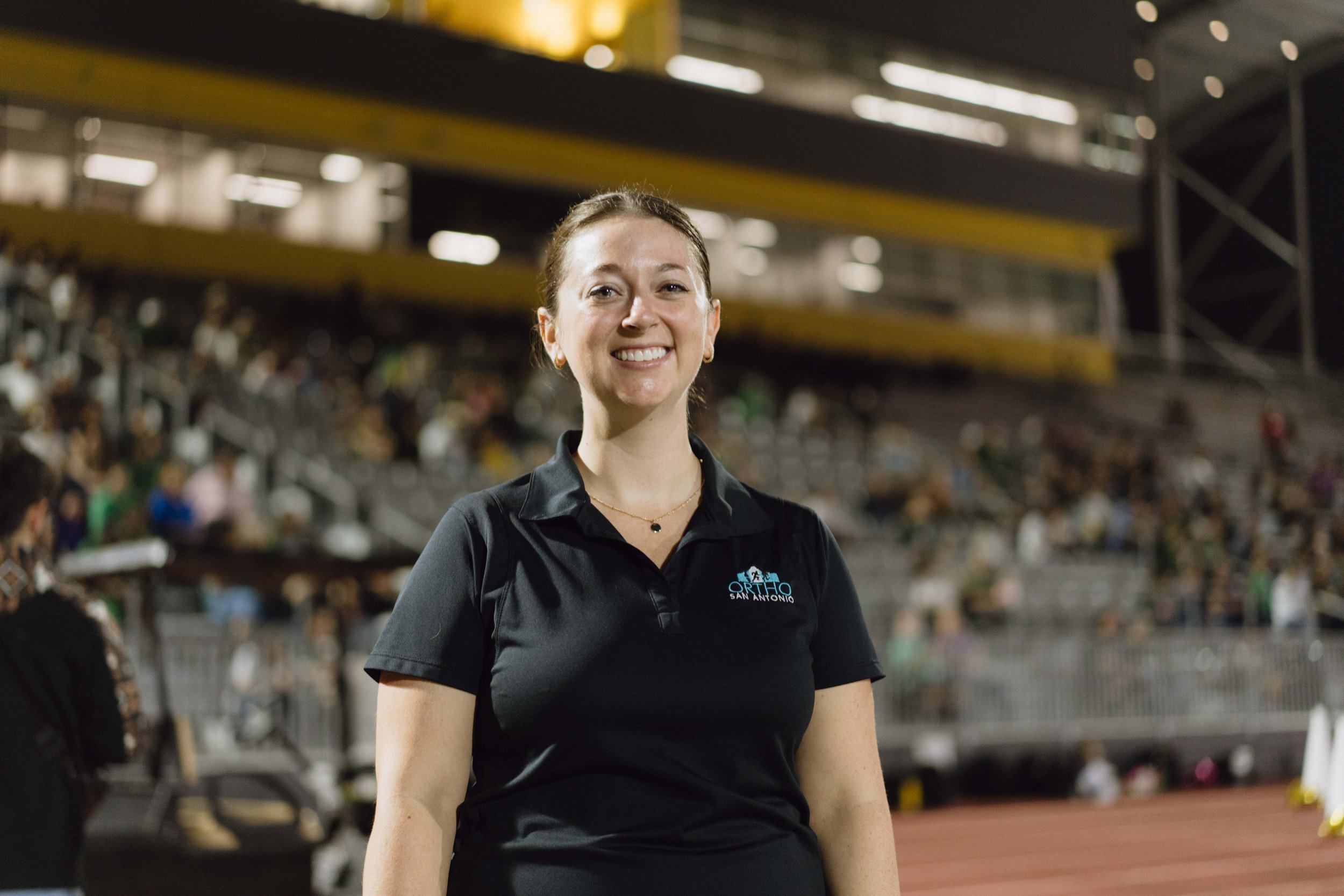
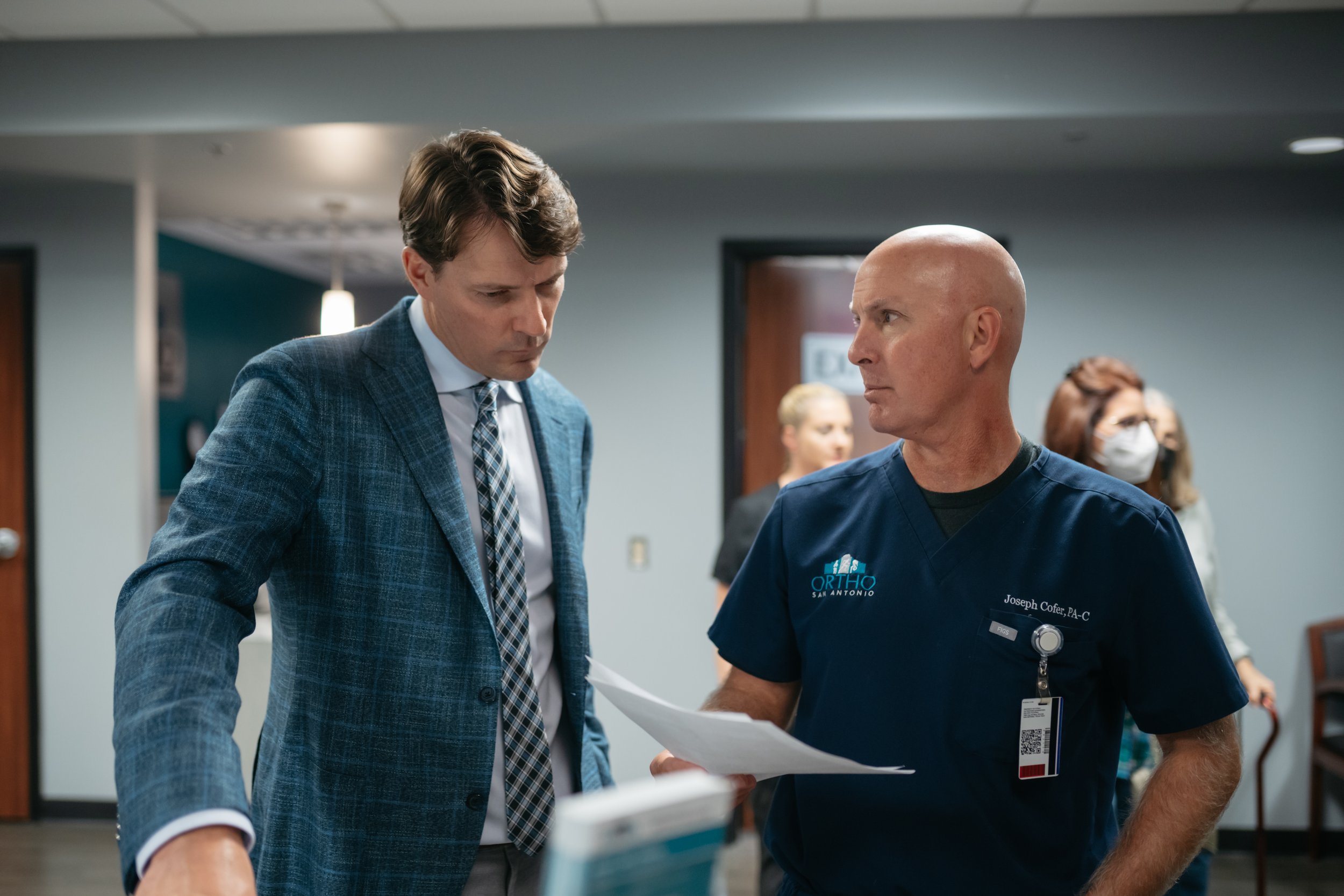
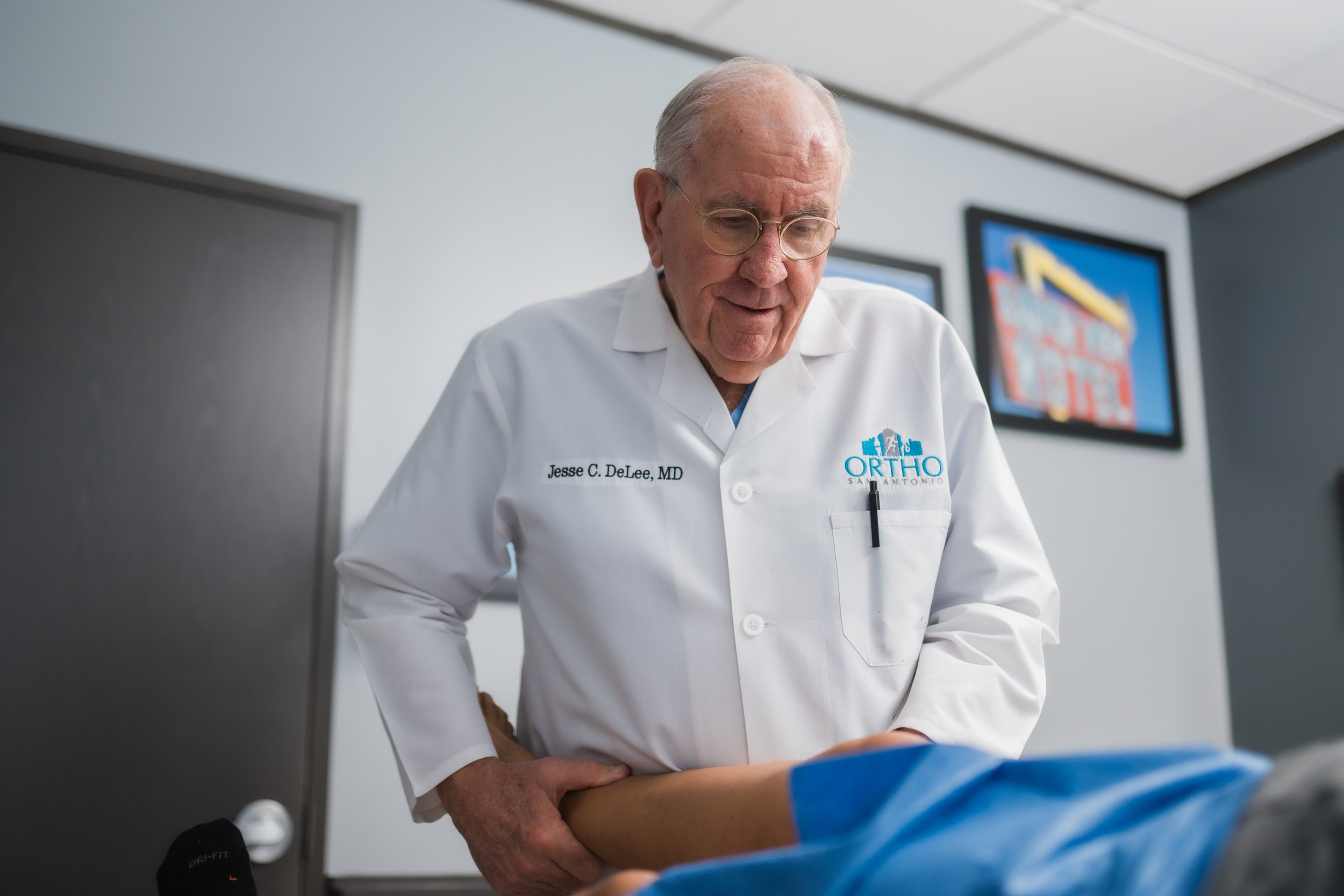
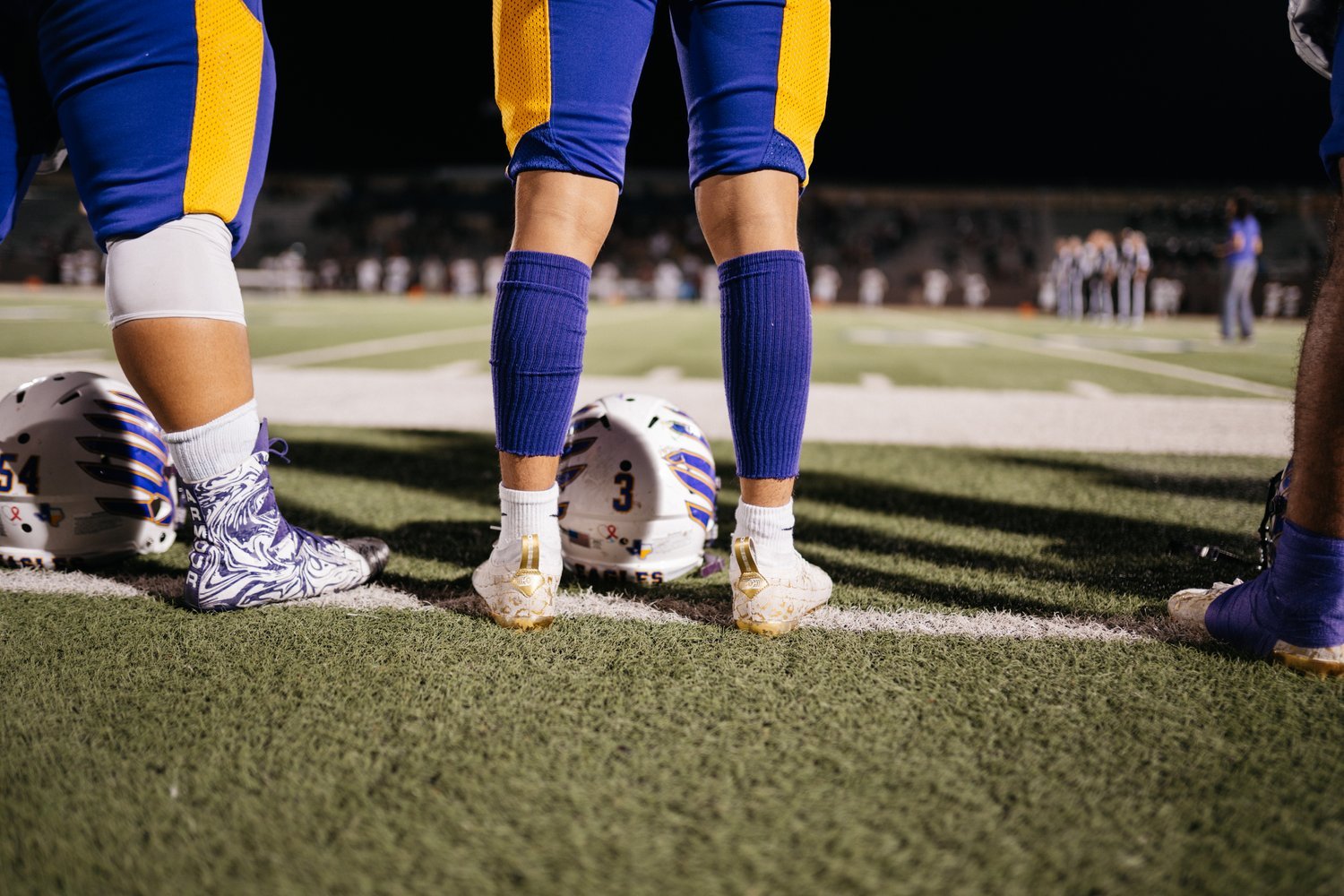
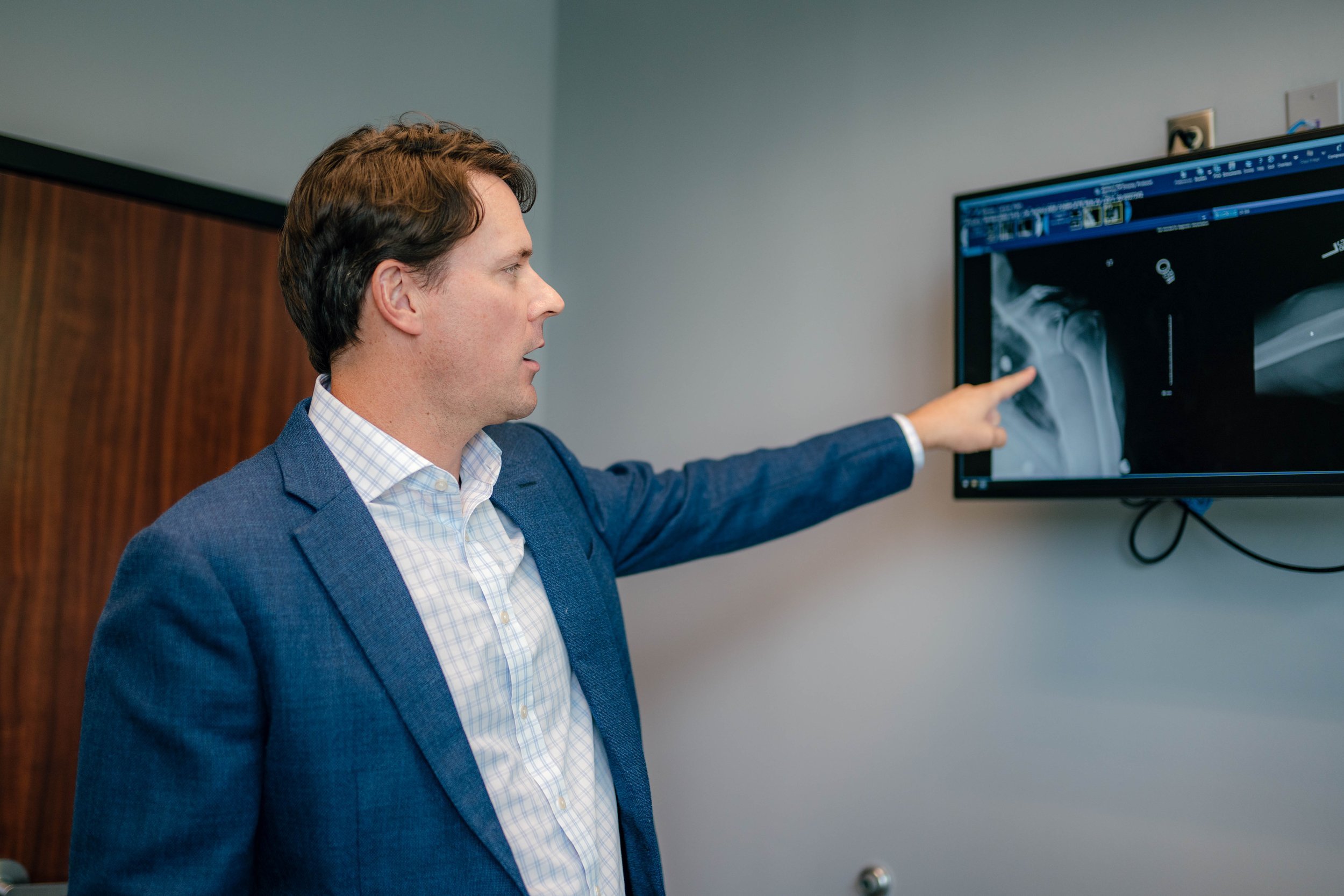
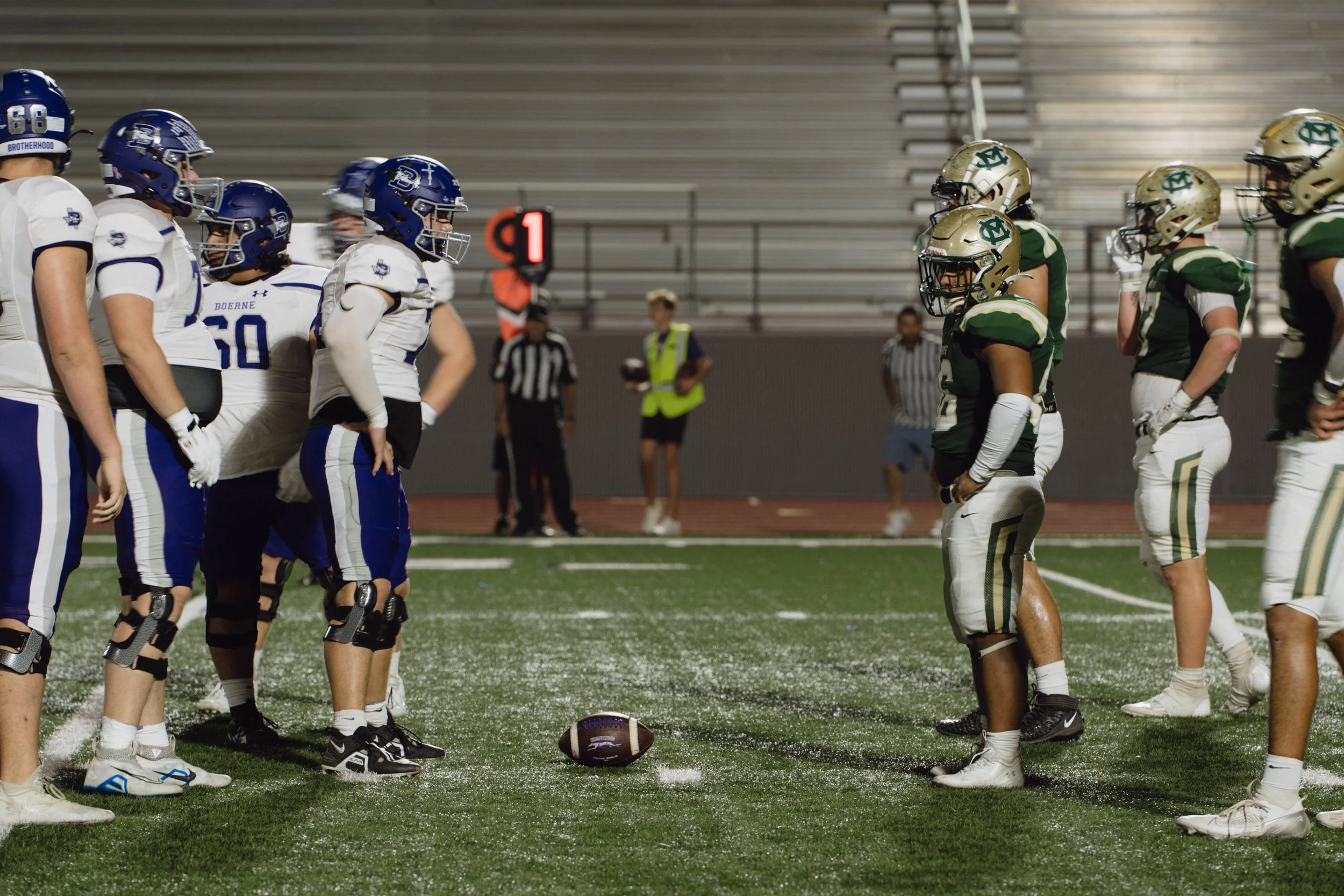
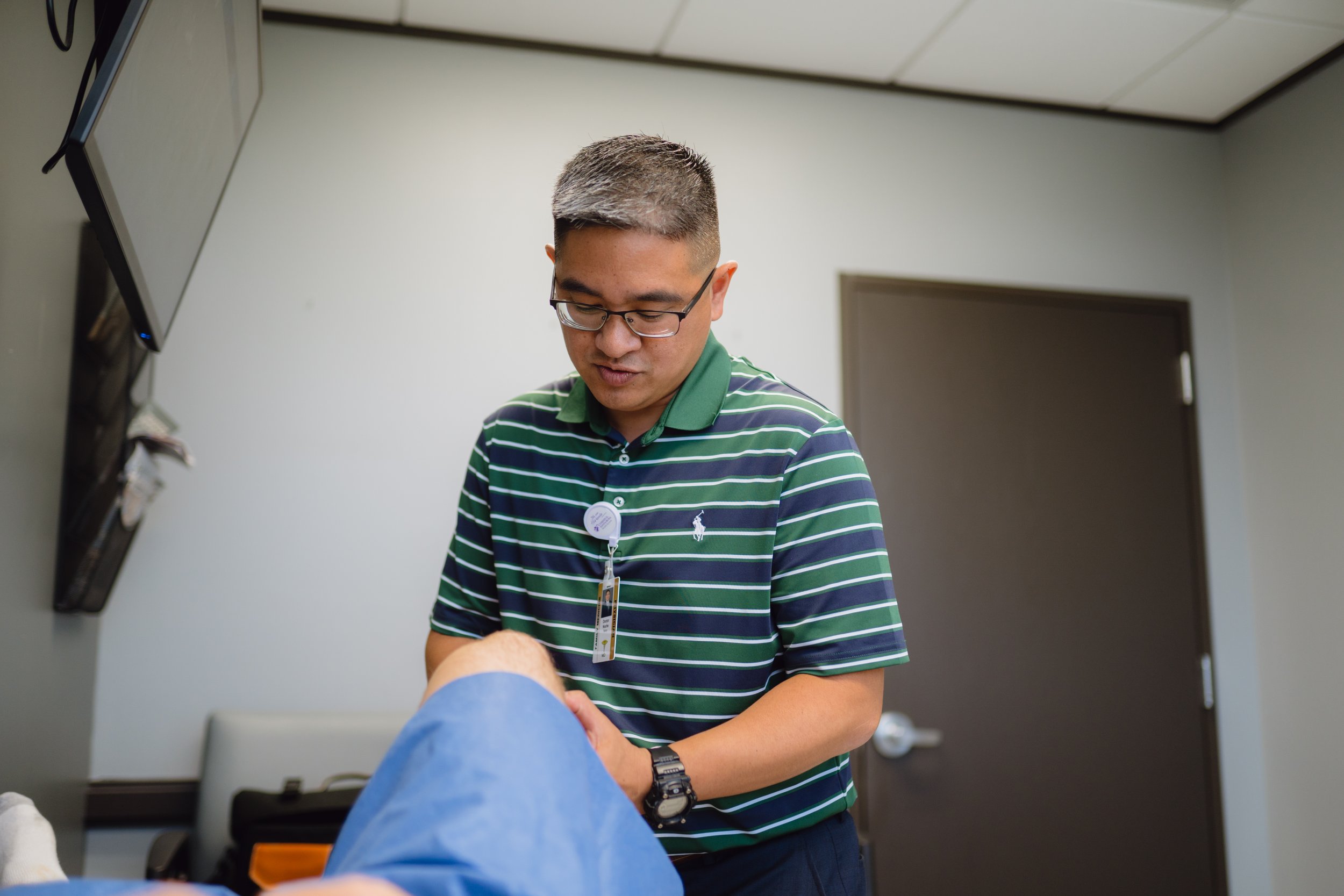
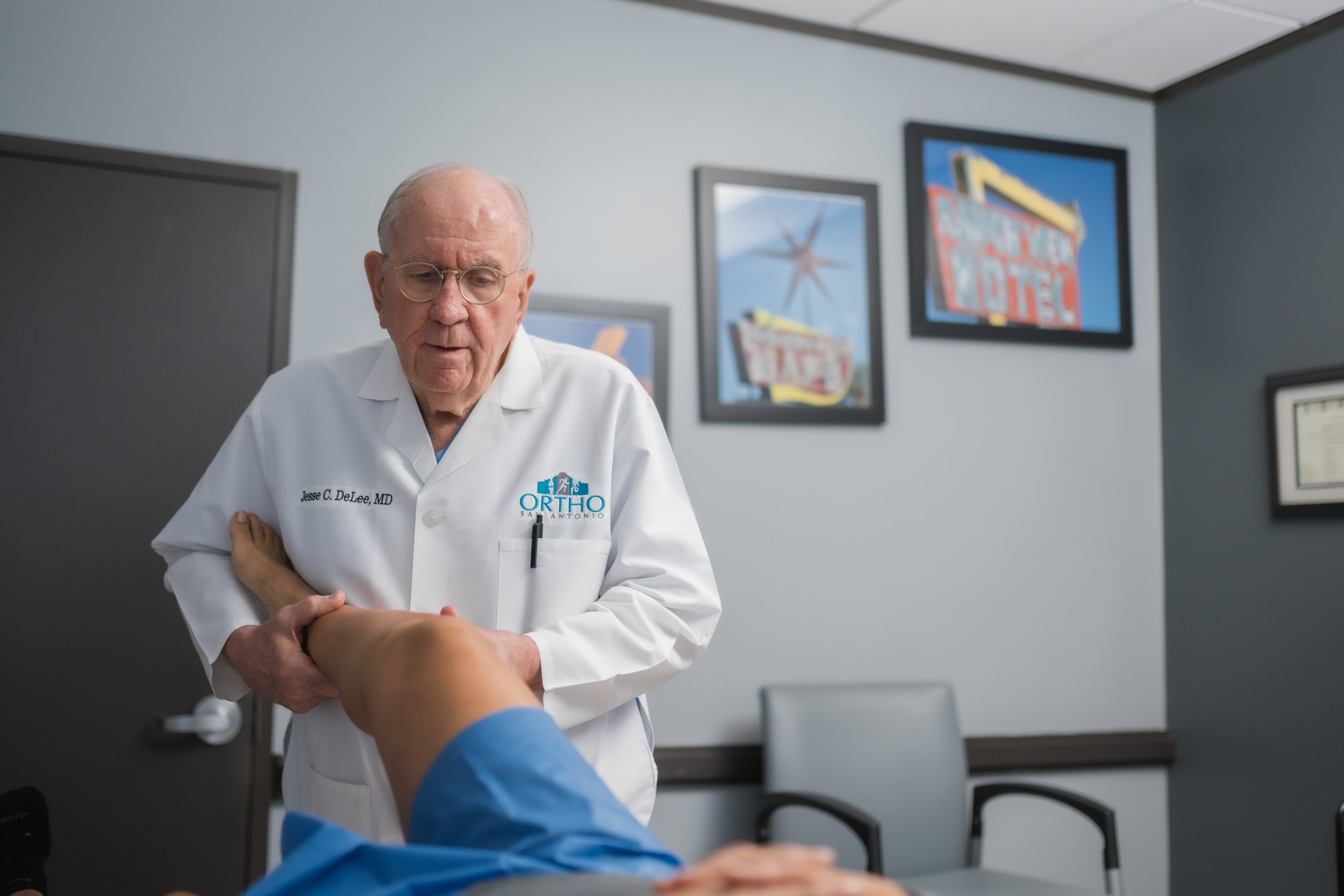
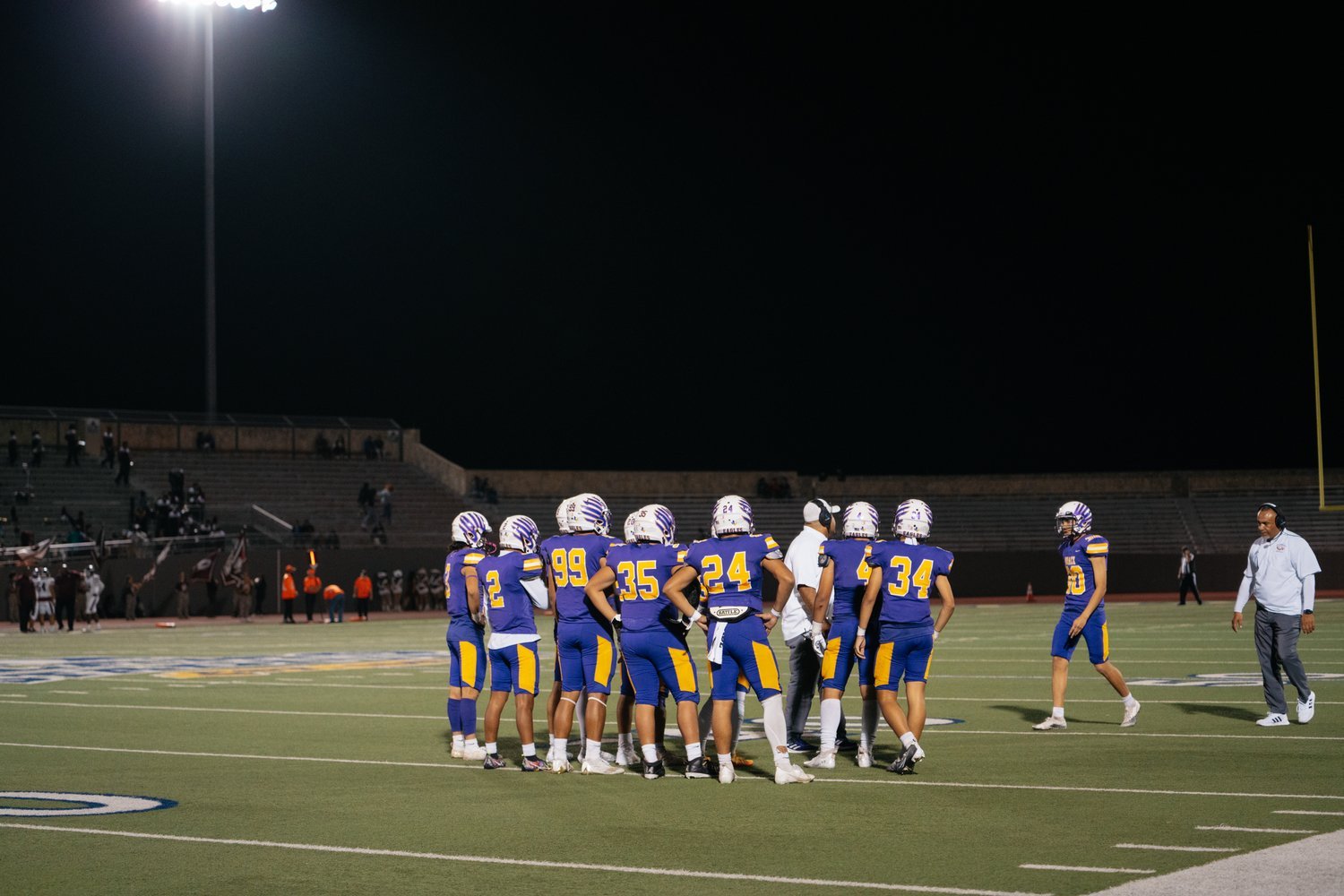
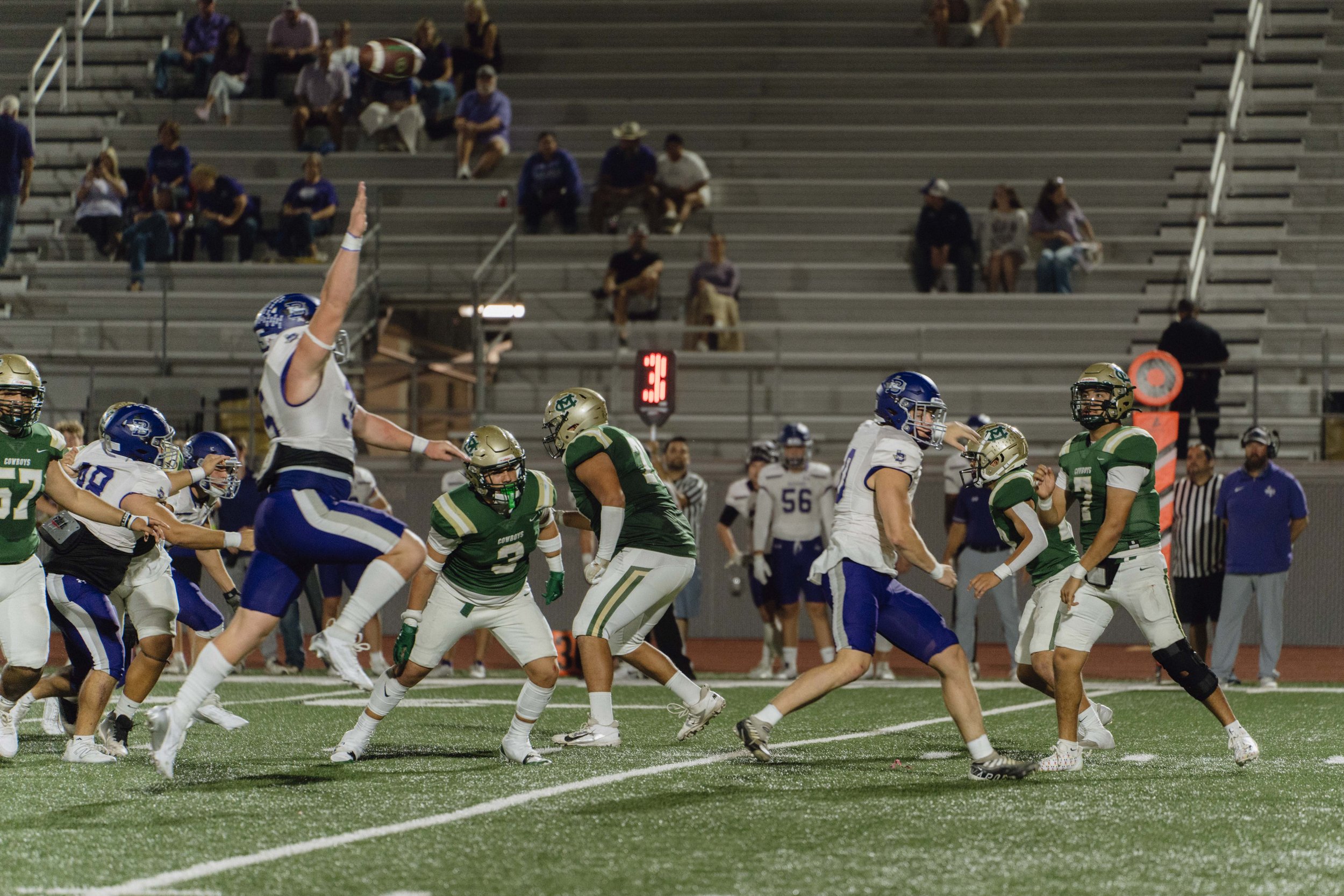
MEET OUR SPORT MEDICINE PHYSICIANS
-

Dr. Matthew Murray
-

Dr. Travis Burns
-
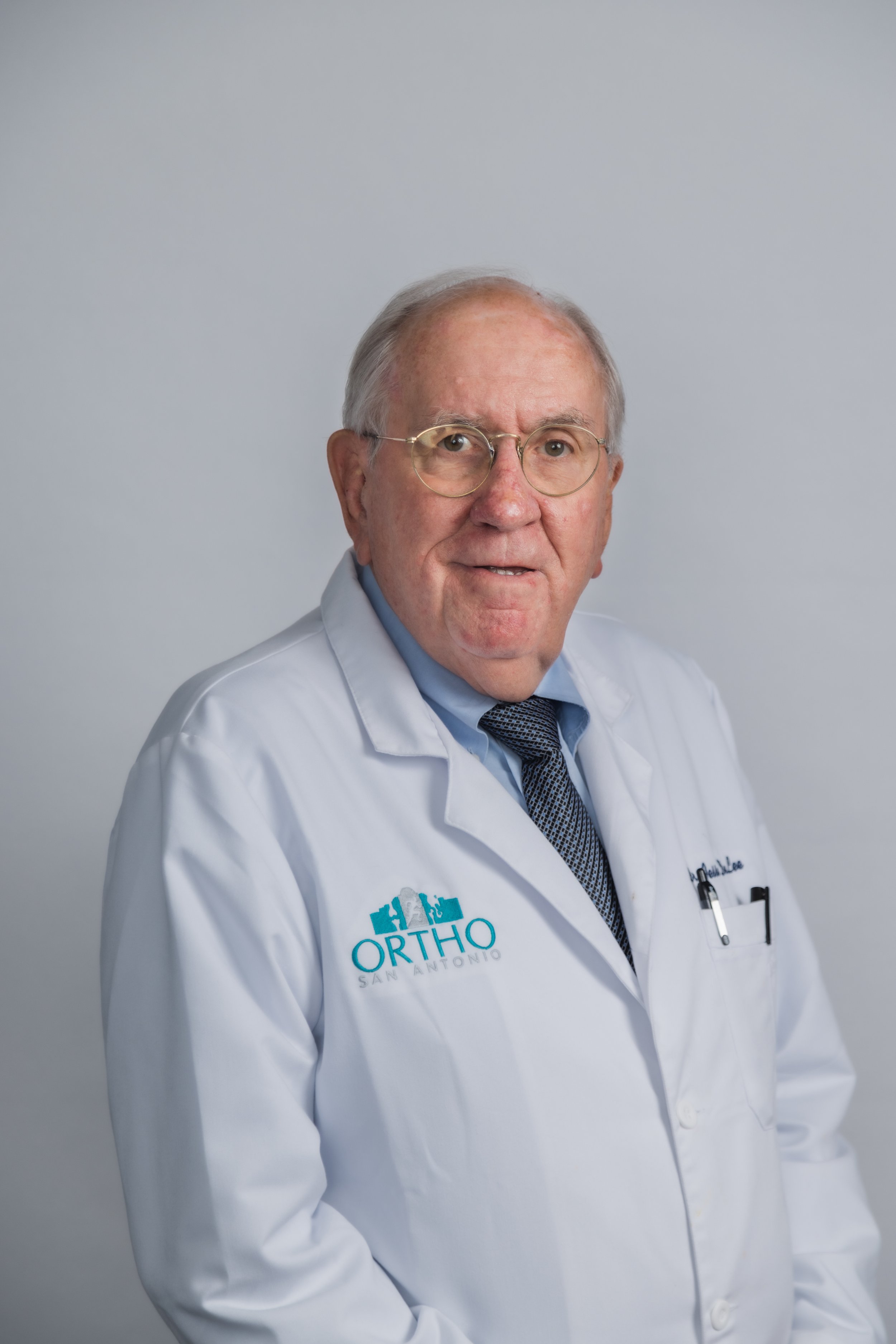
Dr. Jesse Delee
-

DR. RAMY NOCHE
-

Dr. Samantha Baginski
Our Locations
-

Alamo Heights
Address: 423 Treeline Park, Suite 350, San Antonio, TX 78209
-

Westover Hills
Address: 11212 State Highway 151, Medical Plaza 1, 2nd Floor, Suite 200, San Antonio, TX 78251
-

Medical Center
ADDRESS: 2833 Babcock Rd, Tower 2, Suite 435, San Antonio, TX 78229
-

Boerne
ADDRESS: 138 Old San Antonio Rd, Suite 302, Boerne, TX 78006
-

Castroville
Address: 346 County Road 4712, Castroville, TX 78009
-

Piedras
ADDRESS: 4100 E. Piedras, Suite 165, San Antonio, TX 78228
-

Schertz
Address: 6051 FM 3009, Suite 260, Schertz, TX 78154
